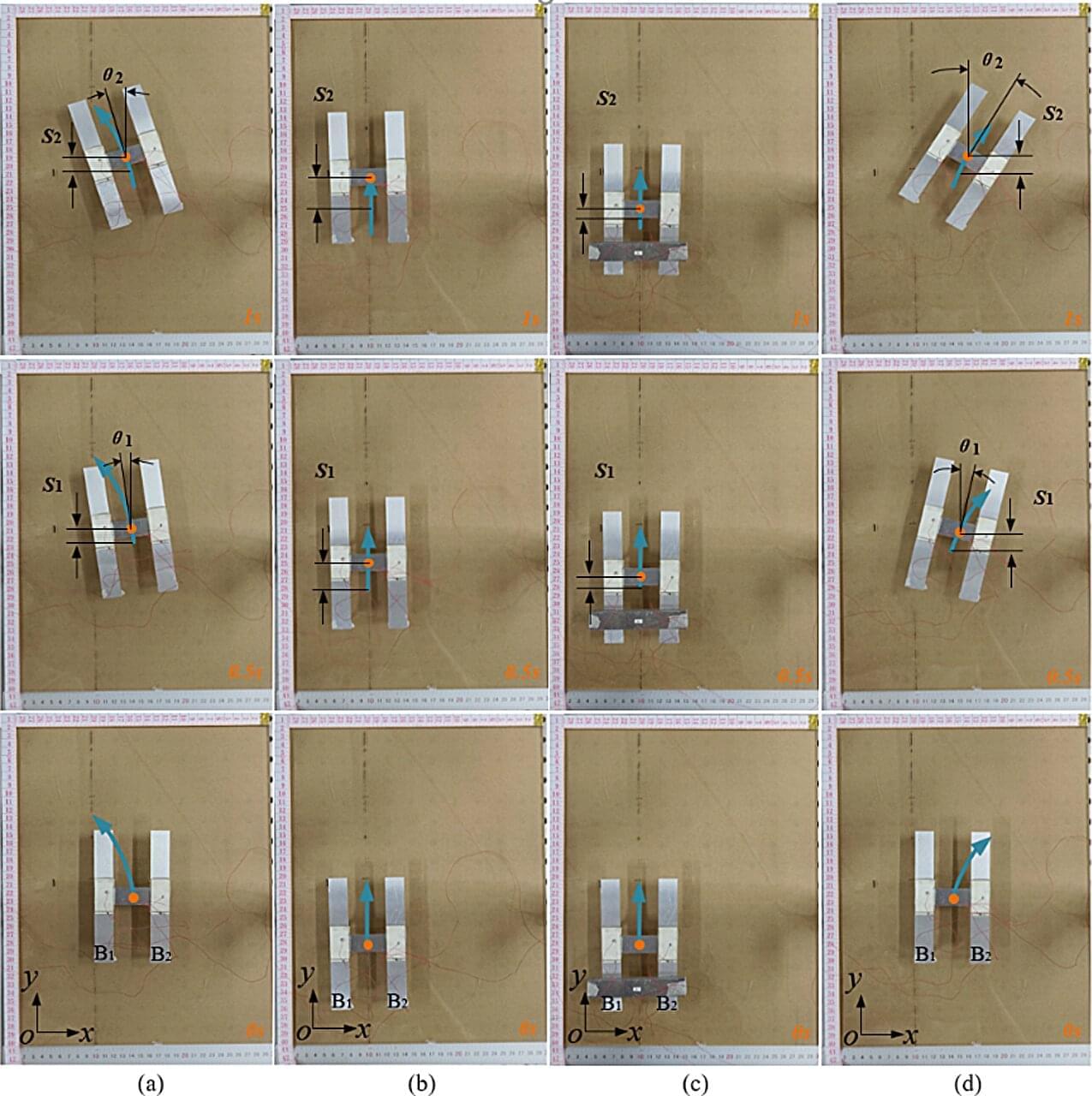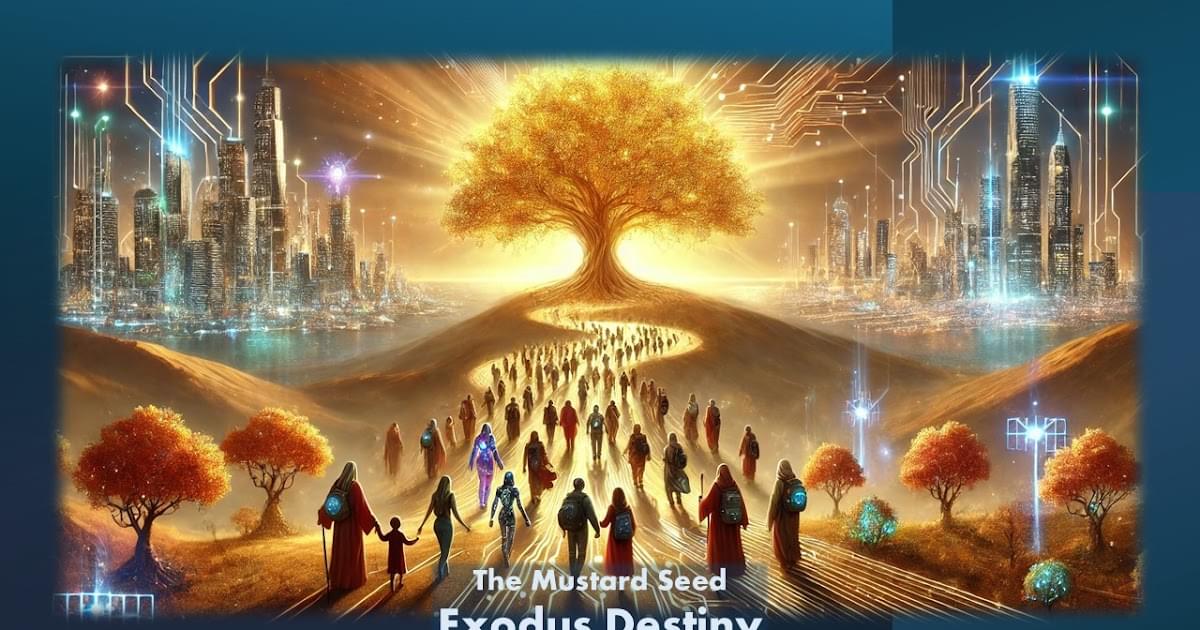James Fodor discusses what he is researching, mind uploading etc.
As of 2020, James Fodor, is a student at the Australian National University, in Canberra, Australia. James’ studies at university have been rather diverse, and have at different times included history, politics, economics, philosophy, mathematics, computer science, physics, chemistry, and biology. Eventually he hopes to complete a PhD in the field of computational neuroscience.
James also have a deep interest in philosophy, history, and religion, which he periodically writes about on his blog, which is called The Godless Theist. In addition, James also has interests in and varying levels of involved in skeptical/atheist activism, effective altruism, and transhumanism/emerging technologies. James is a fan of most things sci-fi, including Star Trek, Dr Who, and authors such as Arthur C. Clarke and Isaac Asimov.
Many thanks for watching!
Consider supporting SciFuture by:
a) Subscribing to the SciFuture YouTube channel: http://youtube.com/subscription_center?add_user=TheRationalFuture b) Donating.
- Bitcoin: 1BxusYmpynJsH4i8681aBuw9ZTxbKoUi22
- Ethereum: 0xd46a6e88c4fe179d04464caf42626d0c9cab1c6b.
- Patreon: https://www.patreon.com/scifuture c) Sharing the media SciFuture creates: http://scifuture.org.
Kind regards.


